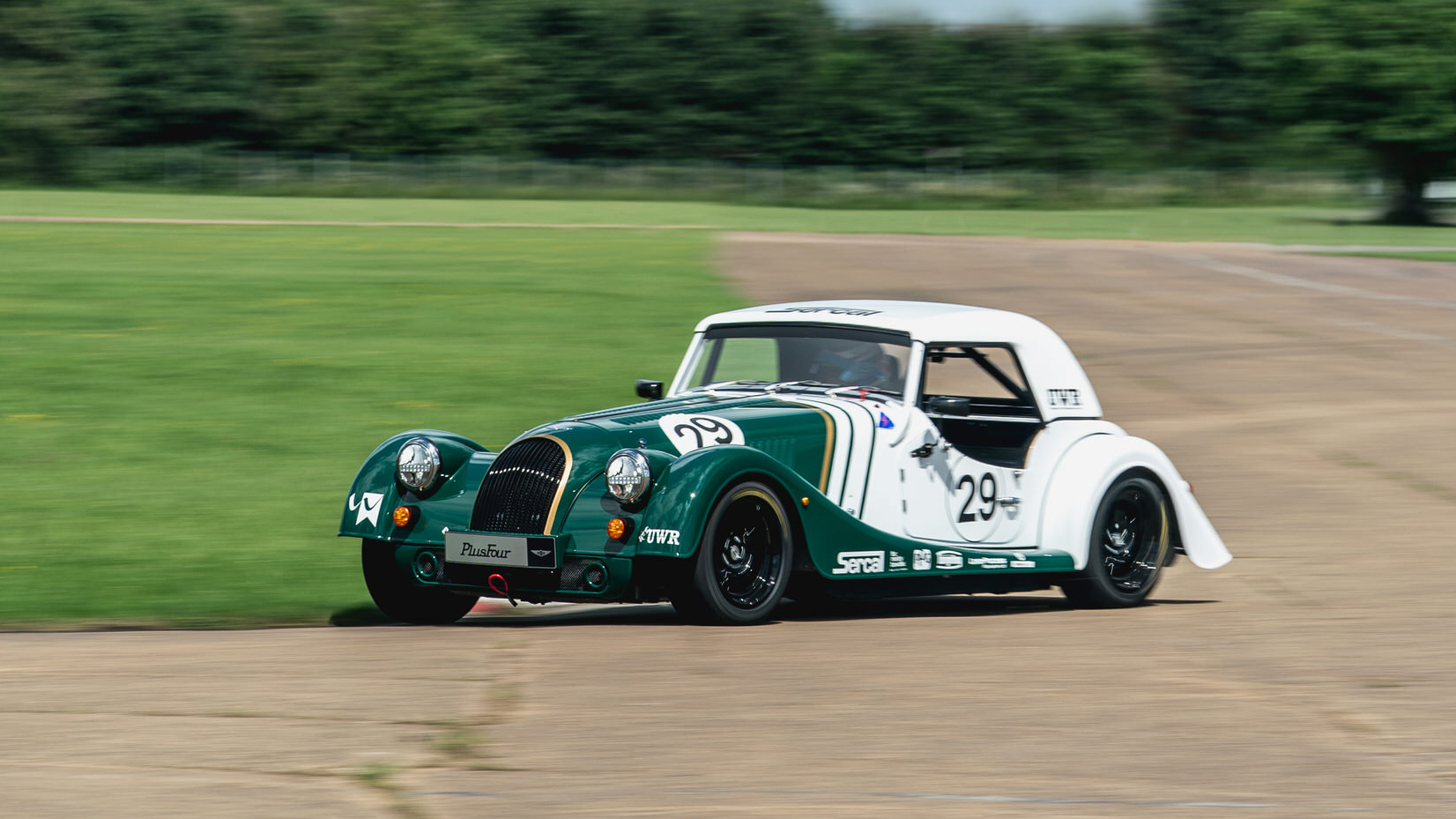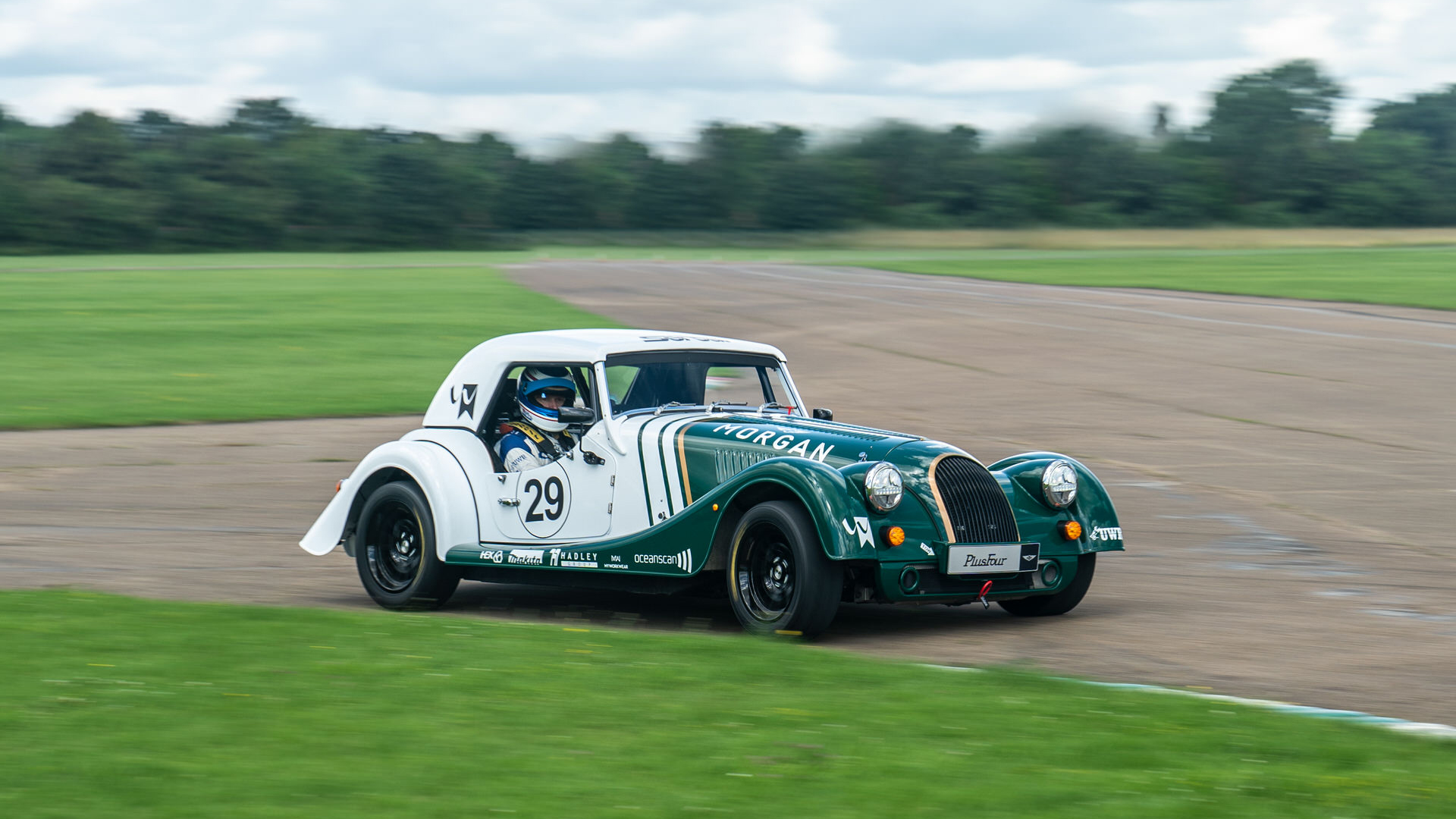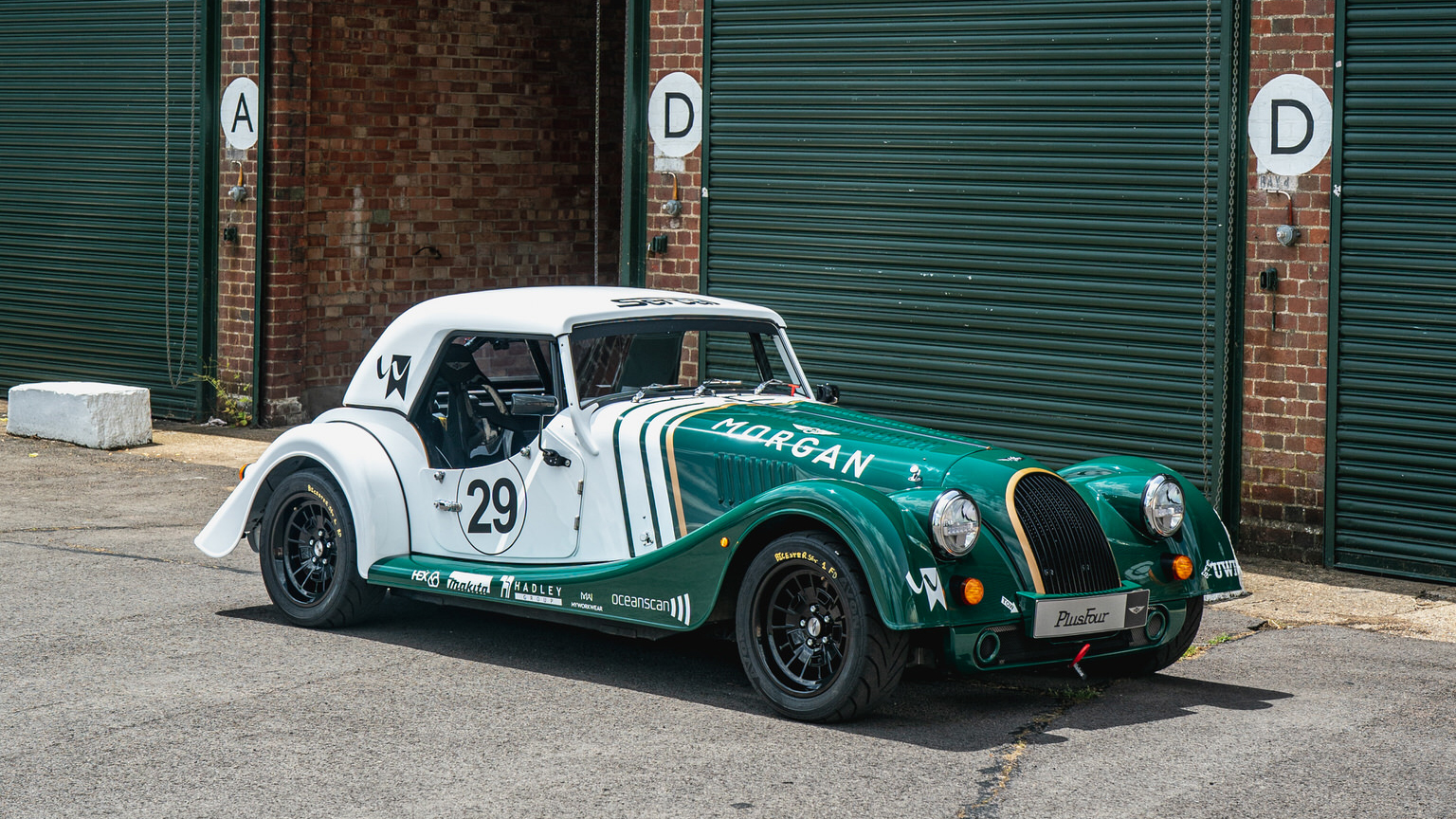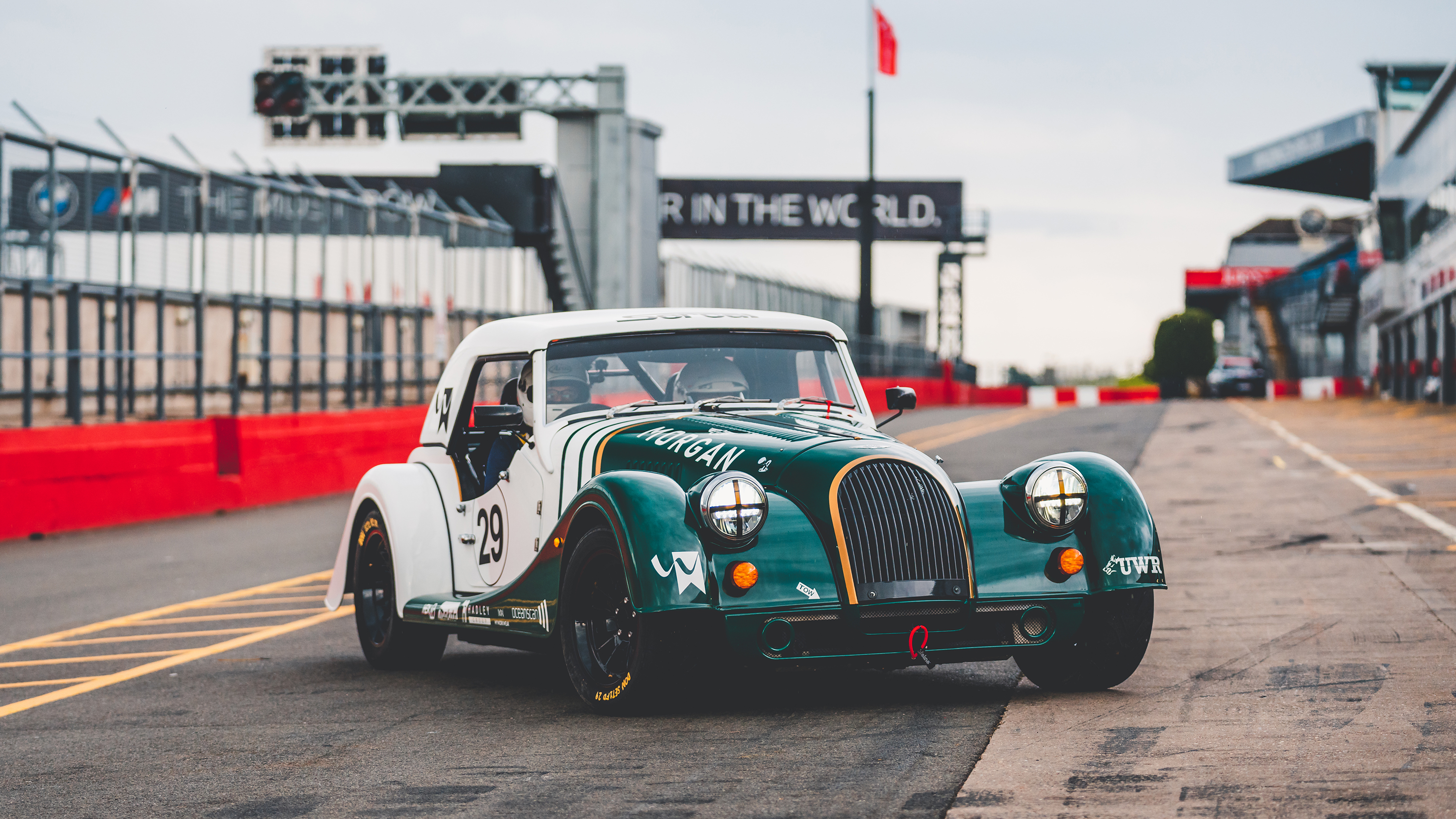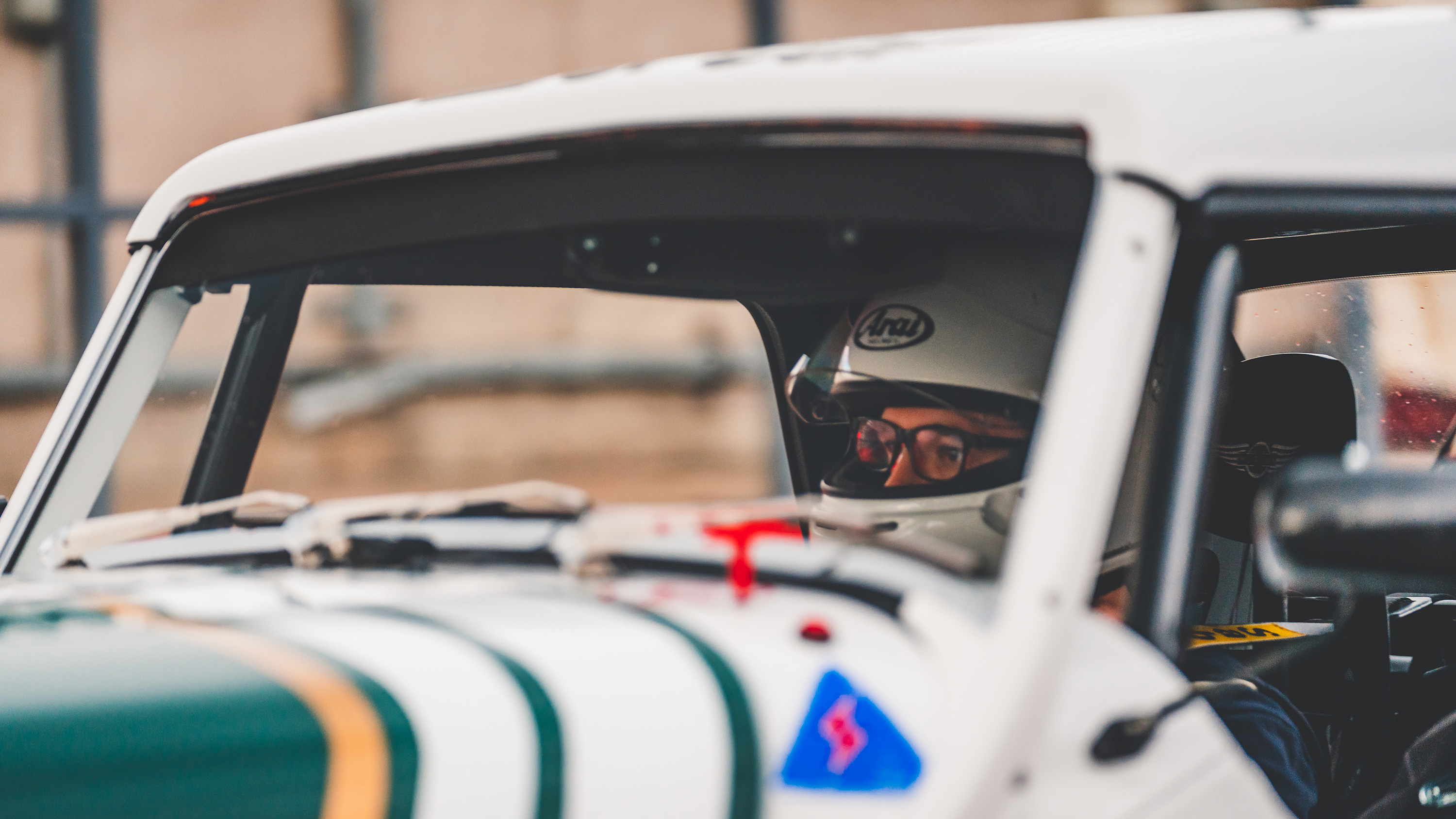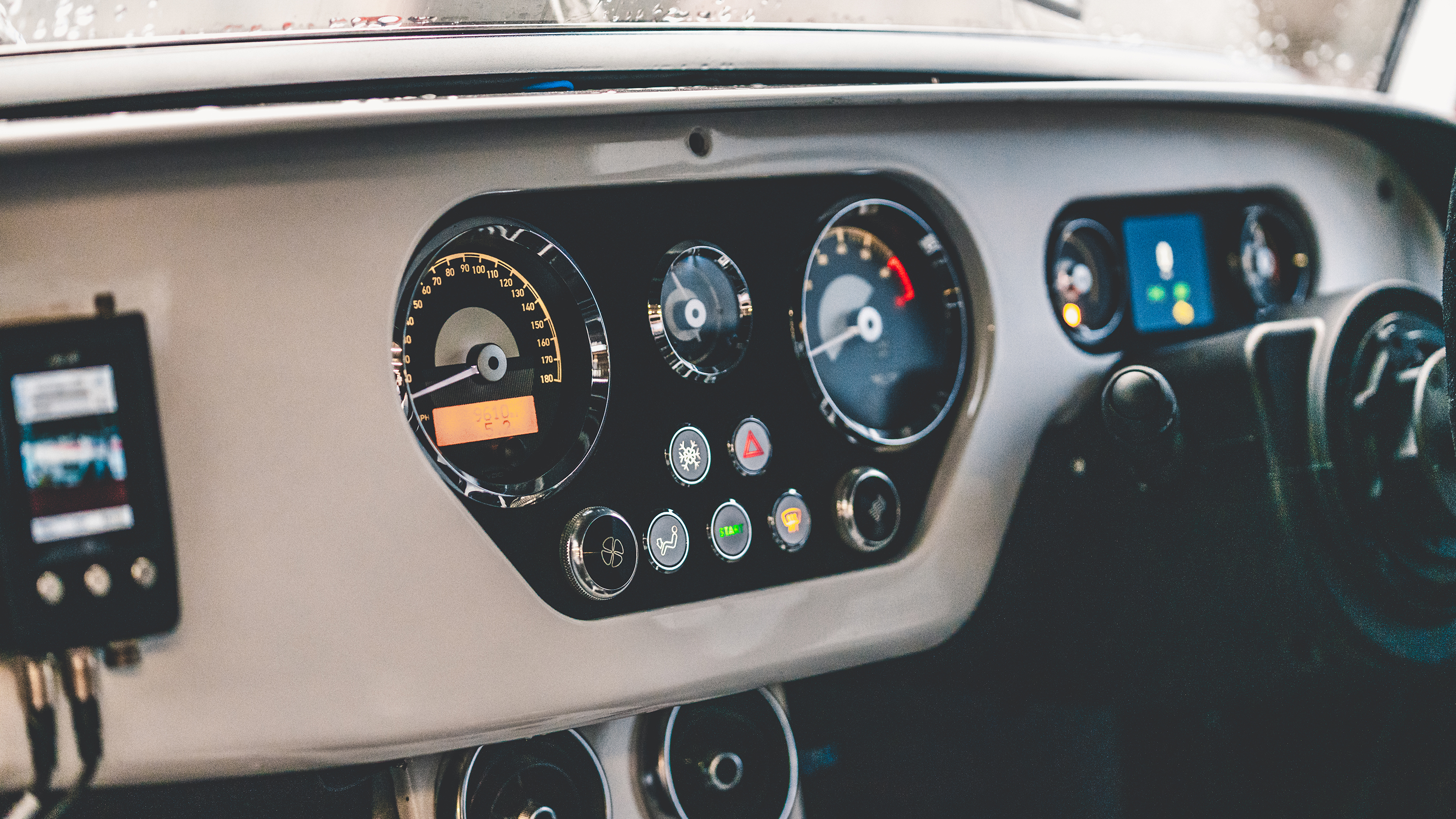
Morgan Plus Four racecar review: a new clubsport hero
What am I looking at here?
Why, it’s a Morgan racecar. Delve deep into the history books and you’ll discover Morgan has a long and storied racing past, from trailing its dinky three-wheeled cyclecars in the 1910s and ‘20s to Le Mans 24 Hours entries right until the early 2000s, the most famous being a class win (and 13th place overall) from a Morgan Plus 4 in 1962. Hilariously, contemporary reporting said the car had been denied an entry the previous year due to looking old fashioned.
Surely it looks no different now…
Nearly 60 years on, the current Plus Four follows a similar style guide for sure. But it’s also a significantly more sophisticated machine. Not only over its victorious ancestor, but over the cars Morgan was pumping out just two years ago.
Beneath the Plus Four sits a thoroughly modern aluminium platform – codenamed ‘CX’ – with a 2.0-litre 4cyl turbo engine from BMW beneath its centrally hinged bonnets and driving the rear wheels. The same engine as you’ll find in top-rung Minis or entry Supras, it endows the circa-1,000kg Plus Four with proper pace.
But racecar pace?
That’s what we’re here to see. The CX platform is designed to be highly versatile indeed – depending on the directions Morgan are forced to take by legislation, it can host hybrid, electric and autonomous drivetrains. But for now, Morgan wants to show off its flexibility with a good old fashioned racecar, channelling the spirit of ’62. Right down to subtle nods in its livery.
Shouldn’t that be ‘liveries’?
There are two prototypes for now, being worked on feverishly by a team of students from the University of Wolverhampton’s School of Engineering. Each inverts the other’s green, white and gold livery, while the manual wears the number 29 of its successful Sixties ancestor.
Yep, there are two because one's a six-speed manual (like our long-term Morgan), the other an eight-speed auto. Tradition versus lap time, if you will – the auto’s even a few kilos lighter. Both are heavily based upon their roadgoing equivalent, and just like Le Mans competitors of yore, they remain road legal too. You can drive one to and from the race, piling on even more pressure not to prang every panel in a first-corner melee.
So what are the changes?
The 255bhp peak of the standard car looks set to remain intact (meaning 0-62mph in five seconds and a 149mph top speed), with changes concentrated on stripping unnecessary flab from an already unflabby car. All frivolous interior trim is gone – with no wood in sight – and the plush leather seats are swapped for skinny race-harnessed buckets.
The steering wheel is bigger, removable and wrapped in Alcantara. It also sits much closer to the driver’s chest, making the wiper and indicator stalks more of a stretch. There’s a hard top fixed in place, too; for now, it’s a chopped down version of one optional to Plus Six buyers, but soon there’ll be a proper Plus Four hard top for both road and racecar buyers. Its bigger back window combines with a wider-angled mirror for rearward visibility about a thousand times more informative than the road car’s. Despite a roll cage being back there.
There’ll be suspension tweaks, we’re told, while the regular car’s Avon ZV7 tyres are swapped for Avon ZZR semi-slicks. Its light sharpening to the chassis rather than an outright overhaul.
“The project aims to collect data and feedback from the extreme conditions of a race environment which will directly shape the research and development of current and future models,” Morgan tells us. So expect any engineering nuggets of gold mined in the racecar programme to be fitted to your next roadgoing Mog, too. Priority on the seats, please…
Top Gear
Newsletter
Thank you for subscribing to our newsletter. Look out for your regular round-up of news, reviews and offers in your inbox.
Get all the latest news, reviews and exclusives, direct to your inbox.
How does it drive?
Being so similar to the stock Plus Four is a better situation than you might imagine. While still a good way off the precision of a Porsche, this is a car way more contemporary to drive than it is to look at. The CX platform has also brought light, alert power steering, and a decent set of brakes with ABS (but no other nannies, it’s worth noting). Expect beefier brakes for racing but with barely a tonne to slow down, they won’t need to be ginormous.
A fun, feelgood car on the road transforms into an easygoing and very malleable one with race stickers, those new tyres helping the front end bite more tenaciously for more accuracy and alertness going into corners.
It’s quick, too. With up to 295lb ft available from a meagre 1,000rpm, there’s enough power to spike the rear axle to attention, but with a decent set of rubber beneath, not so much that you’re scared witless. Light, lithe and easy to read – your bum almost across the back axle with more communication pouring through from its new semi-slicks – this feels like a car you’ll take by the scruff of its neck rather than the other way round. Vital if you’re to scythe your way through a packed grid.
Could I do that at Le Mans?
Sadly not. The world has changed and relative amateurs can no longer rock up to La Sarthe with racing stickers fixed to the car that brought them over the Channel. Instead, you’ll be entering this into more local club events or endurance races, while there’s the Morgan Challenge too.
What’s the Morgan Challenge? Opening the roof without losing a finger end?
Oh very funny. It’s probably the jolliest looking one-make series on the planet, open to any four-wheeled Mog and with classes to help split standard and modified (and four, six and eight-cylindered) cars appropriately. They do half a dozen events a year with a race at Spa-Francorchamps in the middle. So a stickered-up Plus Four may no longer be snapping at the heels of Ferrari 250 GTs in France, but taking on Eau Rouge and Pouhon surrounded by likeminded owners sounds nearly as fun to us.
I’m sold. How much?
There’s no price yet, but expect an extra portion of cash on top of the base Plus Four’s £64,995 starting price. Though given trim and luxuries are removed, hopefully not too big a portion.
With the cars still in development, firm specs are yet to be thrashed out, too. But a few laps of Donington Park – feeling the extra dose of precision yielded by the Wolverhampton students’ work – reveal this to be something we’d happily leap in and compete in now. It’s a fun and accessible little racecar.
Featured

Trending this week
- Car Review
BMW iX3




